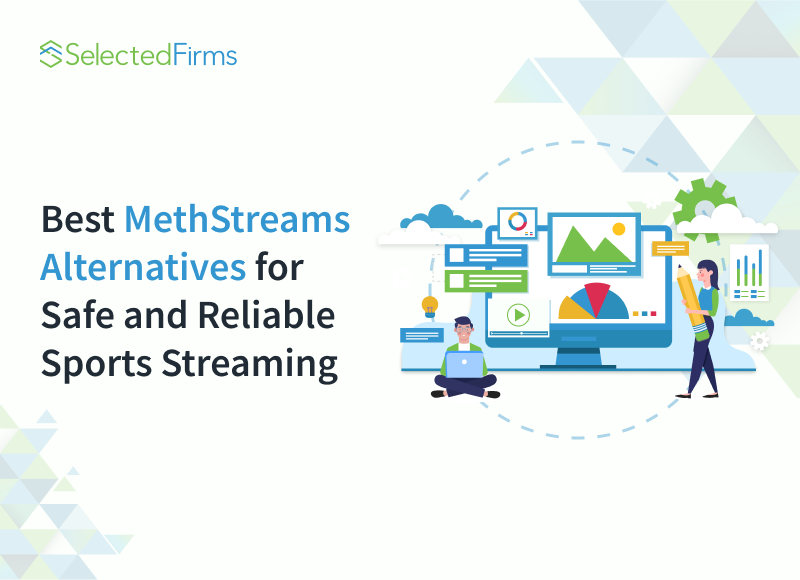Table of Contents
Integrate ADP with your Learning Management System to streamline HR tasks, enhance onboarding, automate workflows, improve employee training, ensure data security, and drive continuous development through analytics and insights.

Connecting an Automatic Data Processing (ADP) to a Learning Management System (LMS) allows an organization to leap from resource mismanagement to radical efficiency. These two systems can work together to simplify the recruitment, payroll, and other HR processes and bolster the overall employee development process. Knowing the process of integrating such platforms can be very significant in managing human resources and developing skill growth.
Understanding the Basics
Before getting into integration, you need to understand what each system provides. With an ADP, organizations can track applicants throughout the hiring process.
On the other hand, an LMS is designed as a learning content management system that allows you to deliver and manage learning and development. Leveraging an ADP learning management system allows companies to create a platform that combines hiring and training, opening up meaningful capabilities.
Identifying Needs and Goals
Successful integration starts by clarifying some organizational needs and goals. Think about what the company is trying to do by combining these systems.
For instance, maybe the goal is to shorten the onboarding process or improve training efficiency. Having clear goals ensures that integration is aligned with organizational goals and that it produces measurable benefits.
Selecting the Right Platforms
Choosing compatible platforms is an important aspect of successful integration. When assessing options, consider flexibility, scalability, and usability. Researching vendor offerings and comparing features is a key component of this effort, and identifying systems that make the most sense for organizational needs is vital. Selecting platforms with rich support is vital for an easier integration process.
Mapping Out the Integration Process
After selecting suitable systems, you need to plan your integration process. This includes the steps required to enable uninterrupted integration.
Establish Data Flow between Systems to ensure that the information transferred from one to the other is seamless. Clear protocols and timelines contribute to smoother implementation with fewer disruptions.
Ensuring Data Security
Integrating any system is still a major security priority. ADP and LMS have very sensitive data, so you need to ensure that your data is safe. Strong security practices ensure that everybody's data remains safe and that users trust them. By continuously updating security measures and performing audits, organizations can further strengthen their data protection efforts.
Training and Support
Once systems go live, the important thing is ensuring sufficient training and support. The new setup will have to be used somewhere in a particular manner by the employees. By planning training sessions and providing continuous support, you guarantee that the team members will feel confident about using the integrated platform. Such as guides and tutorials to help them get comfortable using the tool.
Monitoring and Evaluation
After these have been integrated, you can monitor the success of the integration. Frequent assessments determine whether the system supports the objectives of the organization. When you gather feedback from the users, you get to know about the things that require improvement. Regular evaluations followed by appropriate changes help maintain the relevancy of the system to changing organizational requirements.
Analytics Driving Continuous Improvement
Datasets from integrated systems can be used for continuous improvement. Examining recruitment and training metrics can reveal trends and patterns that provide actionable data. Analytics allows organizations to dig deeper into their strategies, improving their recruitment process and employee growth programs.
Overcoming Challenges
Challenges may occur during integration, but proactive measures can mitigate these detrimental issues. Having a backup plan allows for a smoother transition.
By being proactive, addressing concerns, and keeping lines of communication with stakeholders open, we can more easily overcome these hurdles. The ability to adapt and adjust time and time again makes all the difference between success and failure when facing challenges.
How to Make Sure That Integration Lasts?
For long-term success, future-proof the integration. Run forward to advances in innovation and business patterns and upgrade in like manner. Keeping systems updated and being aware of developments can help you stay ahead of the competition. By future-proofing, the integration will be relevant and useful well into the future.
Conclusion
An Automatic Data Processing and E-learning management system (ADP and LMS, respectively), when integrated, can benefit organizations in several ways, especially in streamlining hiring processes and improving employee engagement and training.
A systematic approach will allow businesses to integrate, which aligns with business objectives successfully. The need for integration awareness, the impact and overcoming of challenges, and the use of data-driven insights are crucial for enhancing organizational efficiency and growth.
Recent Blogs
12 Best MethStreams Alternatives for Safe and Reliable Sports Streaming in 2026
-
18 Dec 2025
-
12 Min
-
36
Real World Digital Transformation Use Cases in Real Estate, Tech, and Recruiting
-
17 Dec 2025
-
6 Min
-
144








